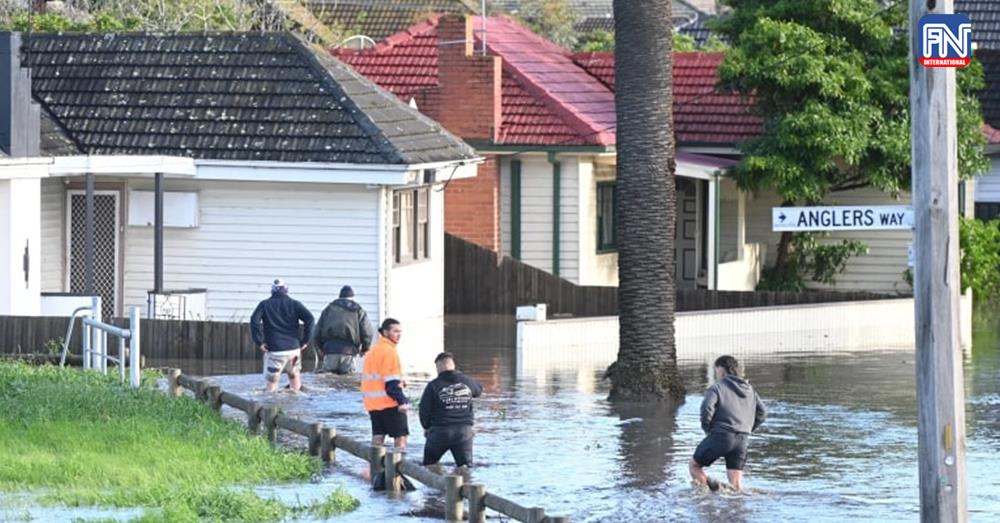CANBERRA, Oct 13 (AFP) - Thousands of people in southeastern Australia have been told to leave their homes after two days of incessant rain caused dams to overflow and rivers to burst their banks.
Large parts of Victoria state, southern New South Wales and the northern regions of the island state of Tasmania have been pounded by an intense weather system with some seeing more than a month’s worth of rain since late on Wednesday, according to officials.
“[This] has led to widespread, major flooding … with some rivers experiencing record flooding and this is only going to continue to move downstream and get worse,” Bureau of Meteorology forecaster Dean Narramore told Australian public broadcaster ABC television.
Victoria, Australia’s second-most populous state, was the worst hit with the western Melbourne suburb of Maribyrnong swamped by the rising waters.
Footage on social media showed people wading through knee-deep water with their pets and some being rescued in boats.
“It’s far from over, we’ll see waters rise,” Victoria Premier Daniel Andrews told the ABC. “We’ll see more and more waters continuing to rise, more and more houses being inundated, more and more communities being closed off.”
The Victorian government was preparing to reopen a COVID-19 quarantine centre to shelter those whose homes were uninhabitable, he added.
“This has been a very, very significant flood event and it’s far from over.”
The ground floor of the Anglers Tavern, a pub on the banks of the Maribyrnong River, was almost completely under water on Friday morning.
Near-record flood levels were expected later on Friday evening in the towns of Shepparton and Murchison, north of Melbourne, with the state’s three major dams already spilling over or about to.
Victoria is usually spared serious floods, but Margaret Cook of the University of the Sunshine Coast said September was wetter and cooler than usual, “which meant the ground was already saturated in many areas. Colder weather means less water evaporates.
Together that made the state primed for floods,” she wrote in the Conversation.
Australia’s east coast has been repeatedly lashed by heavy rainfall in the past two years, driven by successive La Nina weather cycles, which cause the temperature of the western Pacific to warm, creating better conditions for cloud and rain over eastern Australia.
More than 20 people were killed in flooding on the east coast in February and March that devastated parts of Queensland and northern New South Wales, while tens of thousands of Sydney residents were ordered to evacuate in July when floods swamped suburbs on the city’s western fringe.
